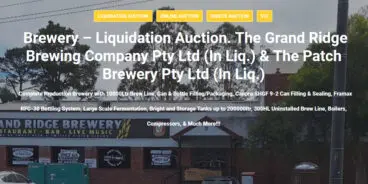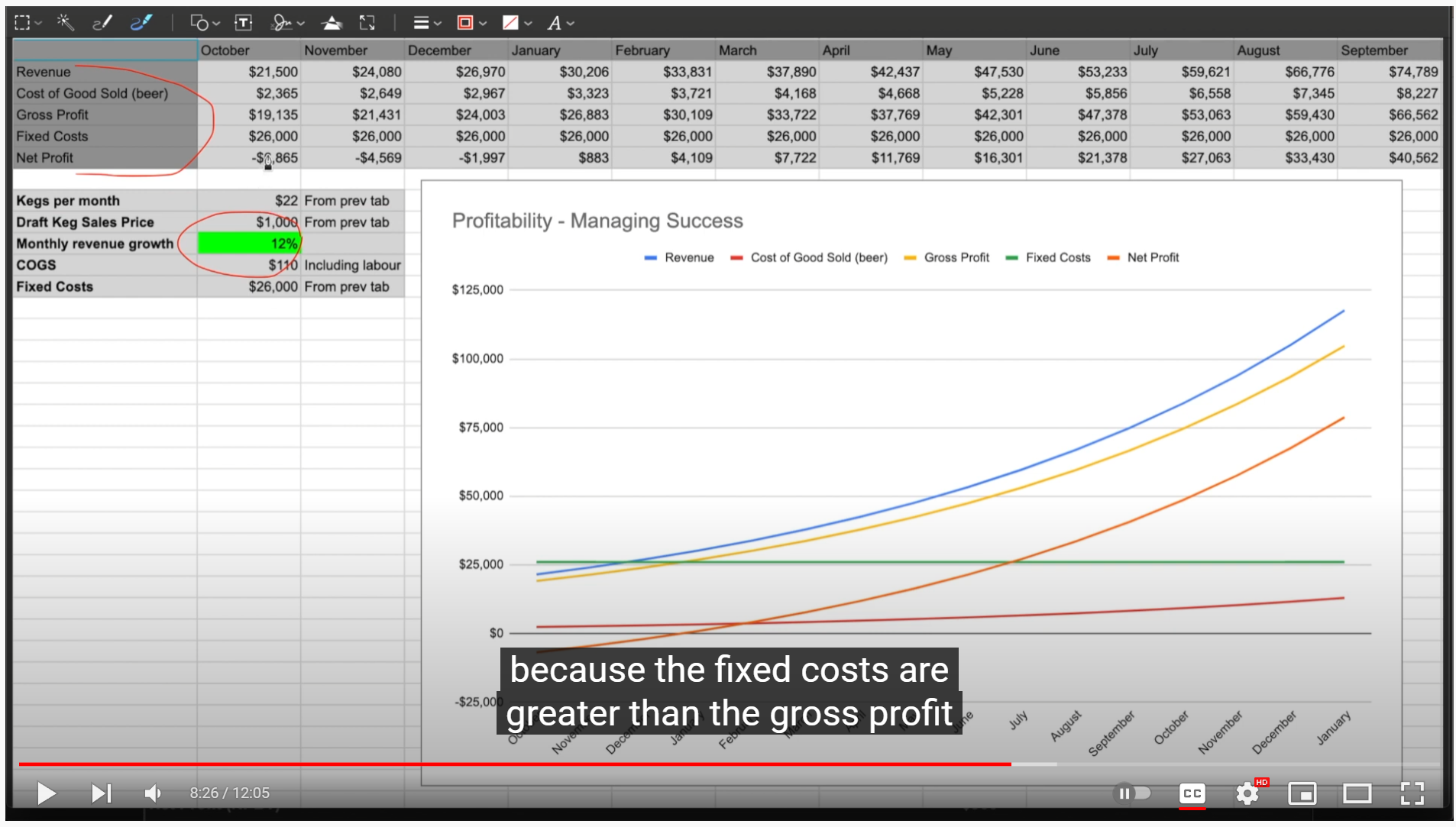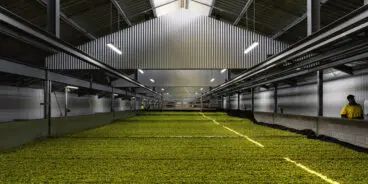
How to start a brewery - part 1
Why do a business plan?
We’ve all heard it said that failure to plan equates to planning to fail. Another more motivating version is “plans are useless but planning is invaluable”. Expectations that a plan needs to be ‘accurate’ in some way stops people’s progress. It is the process, not the result that is important. Start by starting. This gives you some rough assumptions to anchor further sensible decisions, which can always be easily updated later. It’s also important in a financial sense, of course – banks and investors will require a comprehensive business plan to approve any loans or funds into your business. Business plans also allow prospective brewery owners to understand critical elements of their business even at a very early stage, to help them identify where they will need extra investment or resources, and the strengths and weaknesses in their business.
What matters?
It all boils down to two things – beer quality and profitability. Beyond equipment, Spark’s work involves a large amount of client support on everything involved in planning and starting a brewing business. Having built 50 in the past decade, we’ve built up a body of knowledge and a set of tools that cut through the noise and help everyone focus on those two things. They act as a True North – we use them to test decisions in our own company – by asking each other things; “…is that revenue channel good for beer quality?” or “Which equipment list option will get the client to profitability fastest?”, or “I know you think so, but does the beer like that too?”.
Choosing your business model
The first startup step for a new brewery is the concept and business model – will you brew for distribution? To serve only on site? As a single production brewery supplying 3 or 4 taprooms? By clearly identifying and agreeing these goals, site selection and equipment can be optimised to deliver business success. This is important – while it is tempting to start shopping for a site, that can often lead to people attempting to shoehorn a square-peg business model into a round-hole site.
It helps to focus clearly on one of two basic business models, at least to begin. They are;
- Brewing for distribution – high capital, large facilities, sales staff
- Brewing for draft sale on site – low capital, higher margin, less growth potential (unless you add additional venues)
Note that you need to sell 5 times the volume in distribution to make the same money that you would pouring the beer on your own taps, according to the price points of cost of brewing, wholesale price and retail price.
Form your ideas up into a single business plan document which can include the topics below;
- Summary
- Company Overview
- Product Description
- Market Analysis
- Operating Plan
- Marketing and sales plan
- Financial plan
- Goals
Startup finances
The simplest sound financial plan consists of three things;
- A list of capital expenditures that will be needed to get setup and trading (effectively a balance sheet that shows where your assets and liabilities sit).
- An operating budget like the image below (hit Sparkademy Mod. 2 to download this worksheet) which estimates your revenue, variable costs, fixed costs and profit to show your breakeven into profitability – this is the main aim of the game.
- A “cash flow” to ensure that you have the ability to meet your debts as they fall due – be aware that overtrading by accepting more profitable work than you can manage has led to the failure of many valuable businesses that had huge potential.
The operating budget is critical – you’ll live and breathe this dynamic as the core of your ongoing business, so it is a great idea to get very familiar with fixed costs and variable costs, gross profit and net profit as soon as possible.
Long story short, if you are doing it right, your revenue will increase steadily until your GP exceeds your Fixed Costs – you are then profitable, congratulations, have a beer, then do it again next month with slightly higher revenue and slightly lower costs.
A budget template showing Revenues and Expenses

Breakthrough to profitability due to steadily increasing monthly revenue

SWOT analysis
A fast but powerful way to critically assess your plan is to consider its Strengths, Weaknesses, Opportunities and Threats. As an example, a taproom might identify the following;
Strengths:
- Our site is large, has planning consent for 150 patrons in place and has no direct local competition
- Our founding team are solid highly skilled brewers
- We have raised appropriate capital to cover all realistic startup costs and can all live without an income for 6 months while we get to profitability
Weaknesses:
- We haven’t professionally brewed before so we’ll go and help some breweries to get experience and will work with Spark who can set us up with QA/QC processes
- We are cash strapped (don’t worry, everyone is in this boat), so we’ll take equipment finance and retain our capital to ensure the highest level of beer sales possible in the first 6 months by fitting our thye venue well and marketing
Opportunities:
- We can get contract canning and sell slabs, both direct delivery and take away
- Our food truck can go on outreach to festivals
- We know a wine distributor has a large food service network who we could partner with for distribution revenue
- We can host events like wedding and work parties – solid additional business
Threats:
- Alcohol is highly regulated and we must remain compliant with all requirements
- Not selling enough beer – we’ll focus on this as a key threat to avoid
- Budget overruns on fitout
- Installation costs and time blowouts – a good supplier will deliver you an operational brewing business, not just a set of tanks
- Future competition – how can we stay ahead of the game?
The SWOT analysis can work well for your marketing plan as well as for developing a general strategy. It encourages you to think from all angles – positive, negative, likely and unlikely.
Differentiation and competitive advantage
When preparing your plan, especially if you are seeking investment, it is good to identify some aspects of defensible competitive advantage that will ensure your are profitable long term and to highlight what will set you apart in the market.
Competitive advantage can be developed and sustained in many ways. In our industry, location, hospitable aspects of a venue and flavour of beers are all strong choices. Differentiation involves standing out in a crowded market place. What is unique (and preferably attractive) about you and your operation? Brand story, founder characters and provenance are powerful aspects in this area.
Consider the potential threats of competition and supply chain resilience and price. Weigh up the specific competition in your local area and understand which market segment they serve – is there clear air with a target market that suits you, which you can focus on serving better than anyone else? We’ll delve into these valuable aspects in the forthcoming article on Marketing.
I’m sure that you can already see how forcing yourself to plan for success causes you to develop the aspects that ensure that – a clearly differentiated, long term profitable business that breaks even fast!
Talk to Spark about your project now.
This is the first in a series of articles from Spark, focusing on:
- New brewery business planning
- Venue site selection & fit out
- Brewing procedures and record keeping – QA/QC
- Brand development and marketing – driving growth




